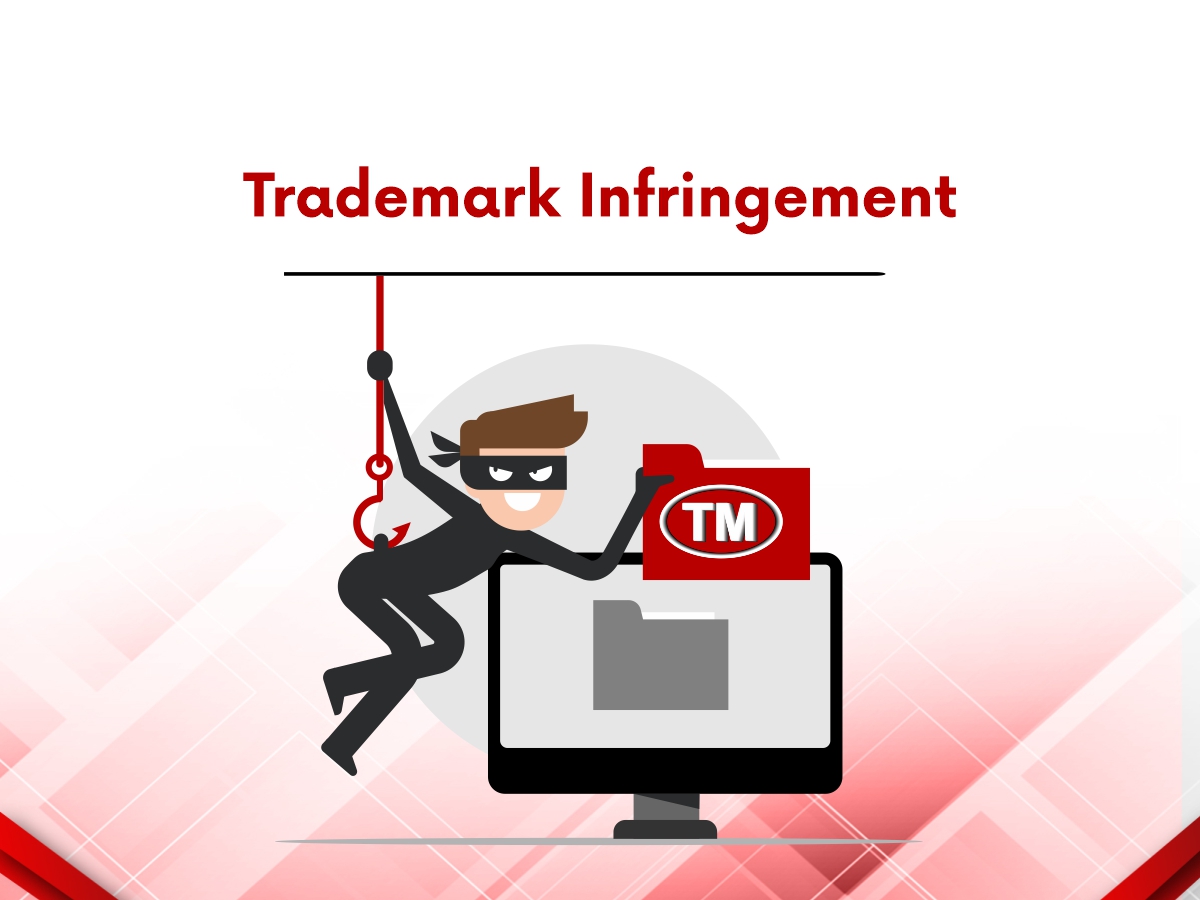
Close


When a trademark’s exclusive rights are violated without the owner’s consent, this is known as trademark infringement. When one party, the “infringer,” uses a trademark that is identical or confusingly similar to a trademark owned by another party in connection with goods or services, a trademark infringement may take place. A registered trademark owner has the right to file civil lawsuits against other parties who violate that trademark.
If a trademark resembles another mark so closely that it could lead to confusion or deception, it is said to be deceptively similar to that mark. A “well-known” registered mark may occasionally be violated by the use of a confusingly similar mark on unrelated goods or services. The registered owner’s interests are harmed by this as they are being associated with a brand not related to them.
The Trademark Infringement elements are as follows:
A trademark owner (plaintiff) must prove that they own a valid trademark and defendant’s mark will cause confusion in the minds of consumer. When a Plaintiff have a registered trademark it is presumed that it is valid and there is ownership to use the mark nationwide in connection to goods or service they offer. These presumptions can be rebutted in the court.
On this, court will consider evidence to determine if there is likelihood of confusion among consumers or not. Major consideration for this is:
Other Considerations that judges take into account includes:
These considerations may vary from case to case to determine the likelihood of confusion as well as weight in the arguments & evidence presented. All these reasons can have a significant impact on the result to determine if you are infringing the trademark or not.
Furthermore, the plaintiff may also claim trademark dilution. Presenting the facts that it has a renowned mark and infringer’s mark has diminished the strength/value of the trademark. This could happen even if there is no likelihood of confusion by blurring the mark’s uniqueness or deteriorating the image of the mark by relating it to something objectionable or distasteful.
An experienced trademark paralegal can provide you with an opinion on the validity and strength of the trademark owner’s claims after taking the particulars of your case into account.
Trademark Infringement penalties vary from case to case based on various factors. If you have a registered trademark with any patent or trademark office, as per the rights provided by the jurisdiction, you can file a civil case against the party using your mark without your permission and ask the judge to issue an injunction, which is a form of the court order that directs the defendant to stop using your mark.
An injunction or a cease and desist letter ordering the infringer to stop using the trademarked material is the most common penalty for trademark infringement. An intentional breach of trademark law may also result in criminal or civil penalties, though this is unlikely.
These letters could be the initial step in an alternative to litigation negotiation to put an end to the unauthorized use of your trademark. Following the issuance of the cease and desist letter, the infringer may decide to alter their marketing materials in order to avoid a lawsuit.
When the owner of a registered trademark sues the party infringing their mark intentionally, the court may decide to impose monetary damages on the infringer. Depending on the losses incurred by the trademark owner, these damages are calculated. If it is decided that the trademark violation was willful, the court may grant damages that are far greater than the actual amount of lost earnings.
Both in terms of attorney’s fees and court expenses, trademark lawsuits are frequently highly pricey. The court may order the defendant to cover the plaintiff’s legal fees and court costs if the verdict is in the plaintiff’s favour. Most defendants try to reach a settlement instead of going to court in order to avoid incurring these costs.
Trademark Infringement can be technical, time taking and expensive process. That’s why you must consult a trademark paralegal, who can guide you and handle all the technical aspects with expertise.
Authored by – Robin Sharma
Please Subscribe our news letter and get update.
© Copyright 2023 – Wissen Research All Rights Reserved.
Powered by VintageCoders